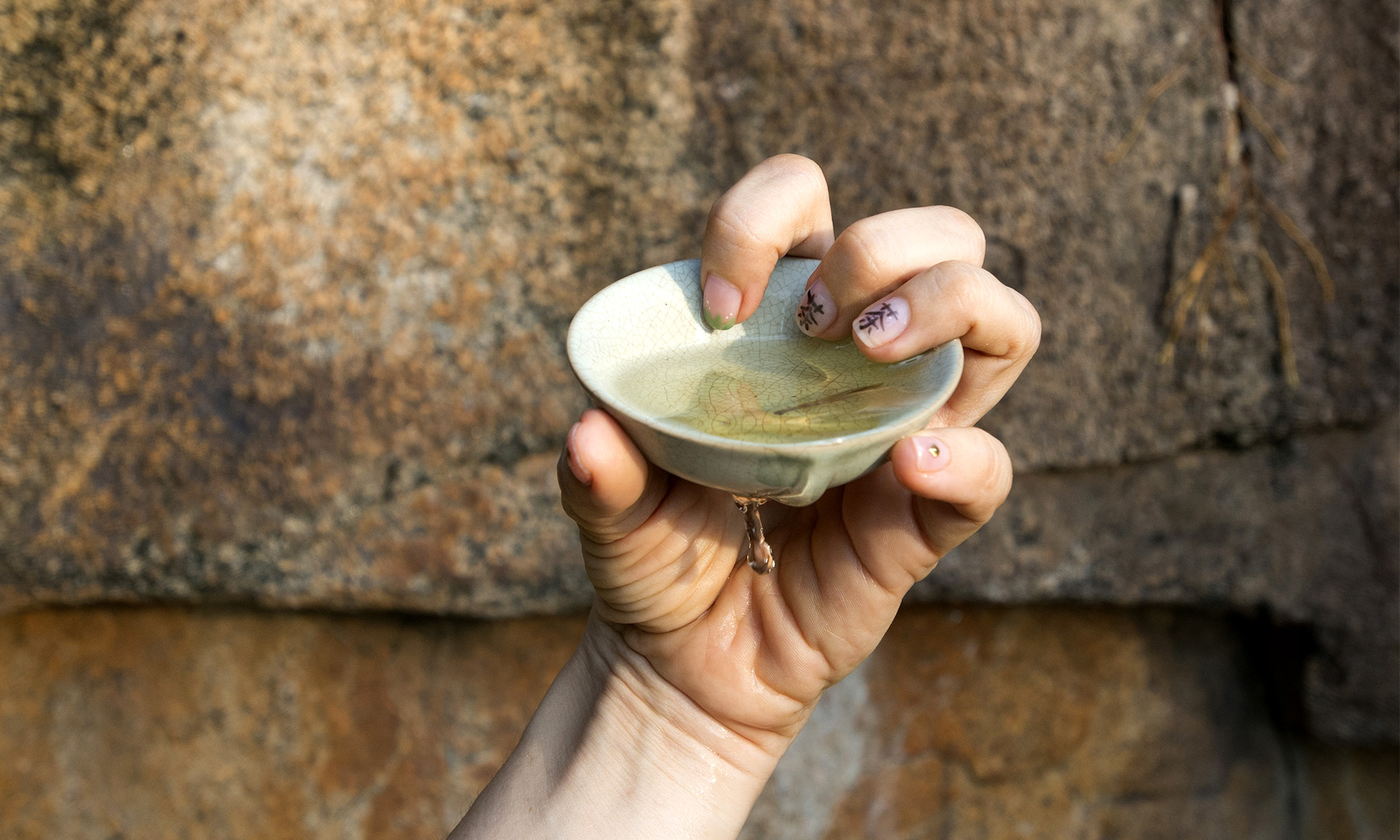A few words on the shady side of the local tea culture and how it is being given a bit of a wedgie. So without further ado: on tea and corruption.
Anyone who comes from the north to visit Xiamen, or Fujian in general, can testify – there is an abundance of tea shops. While this is indisputably true, at the same time anybody who has been here long enough can also testify – there are not as many as before… Before the current purge by the sitting chairman aiming at flies and tigers, there were indeed more tea shops. You could not miss them; they were like a local mushroom. Granted some of them were/are just a front for playing Mahjong in a gambling sense, but some of them were more. And the disappearance of them just proves how seedy things had gotten.

Admittedly there have been other victims too; many restaurants have ceased to be, luxury spas, giftshops selling very ornate, chinesey vases and plates, just to name a few – all out of business, gone. Since officials no longer treated their family or “guests” to these services, they just withered away. As did a good share of the tea shops.
It turns out tea shops served two main purposes in this sector: the first one – and the most obvious one – tea was used as a fairly straightforward gift. Giving tea as a gift is like the most Chinese thing anybody can do. For instance, I find myself flooded with tea especially during Mid-autumn Festival. Maybe because tea pairs up nicely with all the mooncakes one also ends up receiving round the same time (for the most obvious reason!). So, officials could quite comfortably either give or receive this form of luxury item without it seeming like anything out of the norm. Thus, if you have enough of this going on, you end up with quite a lot of volume. Once that volume is out of the game, you have a lot less revenue → possible unsustainability and bankruptcy.
Second purpose: making dirty money clean. Plain old money laundering. To a degree (what degree – not my business to make random guesses, but I have heard this from too many sources to doubt it) shops selling mediocre tea would write up a receipt for huge sums supposedly having sold the buyer tea worth that value either in volume or price. And since the best tea can any day of the week be sold for astronomical prices anyway – there is seemingly nothing questionable about that. Win-win; the buyer walks in with a bundle of money and walks out with a receipt and some tea, showing where the money disappeared. And how convenient, the shop just happens to be kept by so-and-so officials relative or trustee and where the currency goes from there, well your guess is as good as mine.

However, as stated earlier, the drainage is working to a degree. Or postponing the phenomenon – one can’t tell yet. There was even a period when even the most kosher of shops suffered; even if you were a part of none of the above mentioned, it was the customers who took a step back. Few years ago, anybody of a certain measure of prestige was afraid to gift anyone with anything, lest it be seen in the wrong light.
Poor farmers and tea merchants! Poor chefs of the belly up restaurants! Poor sales clerks at the gift shops! They were the ones hit hardest. For them this is their sole income, not just some bonus to be enjoyed once in a while when the corruption stars align.
As a conclusion one can assume; All the tea shops left standing today are as bonafied as it gets or so seedy and well-connected they are beyond repair. How to tell the difference? Good question.

